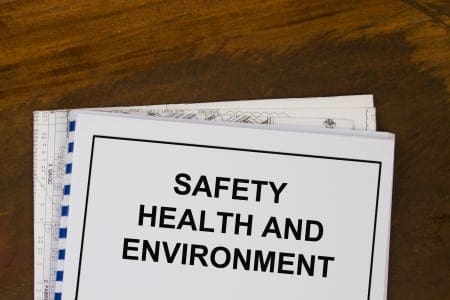Gulf Tech, an auditing firm based in Plano, Texas, has been working on becoming a fully accredited Safety and Environmental Management System (SEMS) audit service provider for over a year, and is now one of several elite companies who can provide audits of offshore oil and gas producers.
“Gulf Tech’s internal management systems are fully compliant with the [Center for Offshore Safety’s (COS)] requirements concerning the ISO 17021 standards for audit and certification of management systems. Gulf Tech fully meets all of the latest COS and [Bureau of Safety and Environmental Enforcement (BSEE)] requirements,” said auditor Jason Perrin.
BSEE requires an audit of offshore oil and gas operators every three years.
The SEMS 30 CFR § 250.1900 audit is a set of workplace safety regulations that have been enhanced as a result of the 2010 BP Deepwater Horizon disaster.
“The purpose of SEMS is to enhance the safety and cleanliness of operations by reducing the frequency and severity of accidents,” the bureau explains on its website.
The safety program was originally voluntary as established by the American Petroleum Institute’s Recommended Practice for Development of a Safety and Environmental Management Program for Offshore Operations and Facilities – API RP 75 – the institute has now adopted the SEMS audit as mandatory.
To comply with BSEE’s requirements, the SEMS audit must be conducted by a COS-accredited audit service provider. The COS ensures that third-party auditors are evaluating an offshore operator’s SEMS program as intended by the BSEE.
Many of Gulf Tech’s auditors have worked and managed large production operations and have over a hundred years of combined offshore experience. That much experience gives the firm a unique position in that they understand the challenges that face many offshore operators in a highly-regulated environment.
Jay Bailey, Gulf Tech’s Auditor, stated, “SEMS isn’t what you audit every 3 years – it’s what you do 365 days a year.”
There are several SEMS elements the BSEE requires of offshore operators, such as, to identify, address and manage safety and environmental hazards, and the impacts during design, construction, startup, operation, inspection, and maintenance of new and existing facilities (30 CFR § 250.1901).
Outer continental shelf operators must implement a SEMS program that addresses 17 elements covered in an audit, ranging from written operating procedures and safety and environmental policies to developing safe work practices, analyzing facility and job-safety hazards, and implementing a training program.
The BSEE also requires operators to conduct audits whenever there is a significant change, such as change of operator control or large increases in the number of offshore leases.
The deadline to submit SEMS audits to BSEE was Nov. 15, 2016.
The CEO of U.S. Energy Media, Emmanuel Sullivan is a technical writer who has built up his profile in the oil and gas industry. He lives and works in Houston, where he publishes Oilman and Oilwoman on a bimonthly basis, and Energies quarterly, distributing the magazine to energy thought leaders and professionals throughout the United States and around the world. At a time when technology is rapidly changing, he provides an invaluable service to oil & gas, and renewable energy executives, engineers, and managers, offering them both broad and specific looks at the topics that affect their livelihoods. Sullivan earned his BA in Communications at Thomas Edison State University and his MA in Professional Writing at Chatham University.












